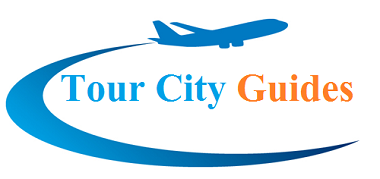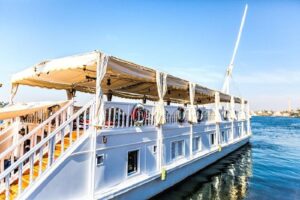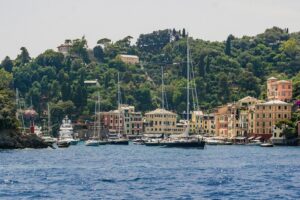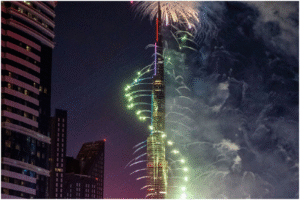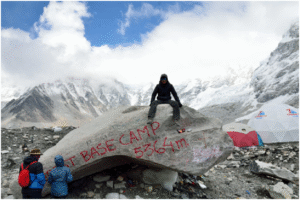Mystical Mountains: Manaslu Circuit & Tsum Valley Trek Explained
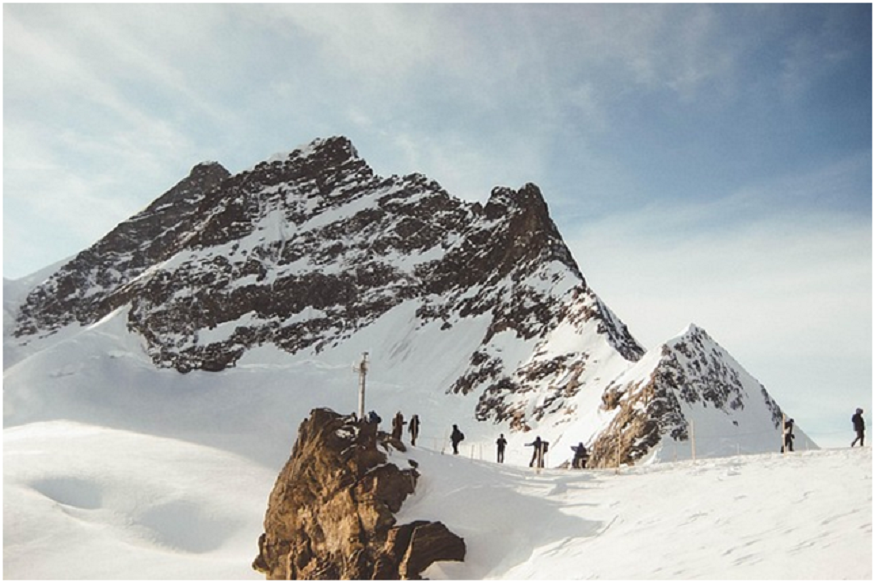
Hidden beneath the shadows of the mighty Himalayas lies a trekking region less traversed, yet equally awe-inspiring—the Manaslu region. Whereas the Annapurna and Everest districts capture most features, the Manaslu Circuit trek and the Manaslu Circuit trek with Tsum Valley offer trekkers a uncommon mix of crude wild, social genuineness, and otherworldly profundity. This directly joins together these two exceptional ventures into one story, making a difference if you choose which trek best fits your Himalayan aspirations—or rousing you to involvement in both.
Manaslu Circuit Trekking – Overview
The Manaslu Circuit Trekking is a courageous circle around Mt. Manaslu (8,163 meters), the eighth-highest mountain in the world. This 14 to 16-day trek takes you through inaccessible good countries, pleasant towns, and over the Larkya La Pass (5,106 meters)—one of the most sensational tall passes in the Himalayas.
Highlights include:
- Breathtaking views of Manaslu, Himalchuli, Ngadi Chuli, and Ganesh Himal.
- Diverse terrain, from sub-tropical forests to glacial valleys.
- Villages like Samagaon and Samdo that offer insights into Tibetan-influenced culture.
- Fewer crowds compared to Annapurna and Everest regions.
The trek starts from Soti Khola and gradually ascends through lush valleys along the Budhi Gandaki River before reaching alpine heights. With every step, you’ll witness dramatic changes in landscape, culture, and climate.
Manaslu Circuit Trek with Tsum Valley – Overview
Combining the Manaslu Circuit Trek with Tsum Valley transforms your trek into a 22 to 24-day pilgrimage of culture and nature. The Tsum Valley—often referred to as the “Hidden Valley of Happiness”—is a sacred Himalayan Buddhist valley nestled against the Tibetan border.
This route includes all the dramatic elements of the Manaslu Circuit while adding:
- The serene and untouched Tsum Valley.
- Ancient Gumbas (monasteries) like Mu Gompa and Rachen Gompa.
- Interaction with Lama culture, which has remained unchanged for centuries.
- Scenic detours off the main circuit for deeper cultural immersion.
With fewer trekkers and deep spiritual significance, Tsum Valley offers a glimpse into a world that feels lost in time.
Common Highlights: Why Choose Manaslu Region Treks?
Whether you opt for the Manaslu Circuit alone or with the Tsum Valley extension, both treks promise:
1. Remote and Less Crowded Trails
Not at all like the bustling Everest or Annapurna courses, these trails see less sightseers, protecting the flawless common and social magnificence of the region. It’s perfect for trekkers looking for isolation and bona fide experiences.
- Special Social Encounters
The region is home to Nubri and Tsum individuals, Tibetan-influenced ethnic bunches who live in concordance with the mountains. Their conventional dress, tongues, traditions, and neighborliness offer wealthy social immersion.
- Shocking Landscapes
From green valleys and rhododendron woodlands to stark, snow-covered tall passes, the Manaslu region offers unparalleled picturesque assortment. Scenes of mountains like Manaslu, Shringi, Ganesh, and Himalchuli are consistent companions.
- Wealthy Biodiversity
The treks pass through the Manaslu Preservation Region, domestic to snow panthers, ruddy pandas, Himalayan tahr, and over 110 species of feathered creatures. You’ll walk through eco-zones extending from tropical woodlands to elevated tundra.
- Challenging However Fulfilling Adventure
Both treks are tolerably to exceedingly strenuous, particularly when crossing Larkya La Pass, but the physical requests are balanced by the visual and passionate rewards. Appropriate for trekkers with great wellness and a few high-altitude encounters.
Not at all like the bustling Everest or Annapurna courses, these trails see less sightseers, protecting the flawless common and social magnificence of the region. It’s perfect for trekkers looking for isolation and bona fide experiences.
Cultural and Spiritual Experience
Tsum Valley: A Living Buddhist Museum
The Tsum Valley is one of Nepal’s most spiritually charged trekking areas. Locals practice Tibetan Buddhism, and many families send one child to become a monk or nun. The valley houses ancient monasteries, sacred caves (like Milarepa’s cave), and prayer walls.
In both treks, you’ll encounter:
- Mani walls (stone walls carved with prayers).
- Chortens and prayer flags flutter in the wind.
- Buddhist rituals and lifestyle embedded in daily village life.
You may also witness monastic festivals, hear monks chant in centuries-old temples, and even stay in a monastery guesthouse in Tsum.
Route and Itinerary Comparison
| Feature | Manaslu Circuit | Manaslu Circuit + Tsum Valley |
| Duration | 14–16 Days | 22–24 Days |
| Start Point | Soti Khola | Soti Khola |
| End Point | Dharapani or Besisahar | Dharapani or Besisahar |
| Highest Point | Larkya La Pass (5,106m) | Larkya La Pass (5,106m) |
| Side Highlights | Samagaon, Birendra Lake | Mu Gompa, Rachen Gompa, Milarepa Cave |
| Spiritual Depth | Moderate | High |
| Crowd Factor | Low | Very Low |
Best Time to Trek in the Manaslu Region
The best months for both treks are:
- Spring (March to May): Clear skies, blooming rhododendrons, and pleasant temperatures.
- Autumn (late September to November): Crisp air, post-monsoon greenery, and spectacular mountain visibility.
Winter treks are possible but extremely cold, especially around the Larkya La Pass. Monsoon (June to August) is not recommended due to landslides and leeches.
Permits Required
Both treks fall under restricted trekking zones, so permits must be obtained through a registered trekking agency.
Mandatory Permits:
- Restricted Area Permit (RAP)
- Manaslu Conservation Area Permit (MCAP)
- Annapurna Conservation Area Permit (ACAP)
- Tsum Valley Permit (only for the combined trek)
Note: You must be in a group of at least two trekkers with a licensed guide.
Accommodations and Meals
Teahouse Trekking
Both treks follow the teahouse model, offering basic but cozy lodging with local meals. The teahouses serve:
- Dal Bhat (lentils and rice)
- Tibetan bread and noodles
- Soups, momos, and seasonal vegetables
The facilities in the Tsum Valley are more basic than the main Manaslu trail, adding to the adventure. Electricity and Wi-Fi may be limited or unavailable in higher villages.
Physical Preparation and Altitude Considerations
Both treks involve significant altitude gain, particularly the crossing of Larkya La Pass, which requires proper acclimatization. The route ascends gradually, but you must:
- Be in good physical shape.
- Train with hikes carrying a daypack.
- Include cardio and strength workouts in preparation.
It’s important to follow acclimatization days, drink plenty of fluids, and be aware of AMS (Acute Mountain Sickness) symptoms.
Travel Logistics
Getting There:
- From Kathmandu, a drive to Soti Khola (8–9 hours) starts both treks.
- The trek ends in Dharapani, from where you return to Kathmandu via drive through Besisahar.
While road access is improving, expect rough mountain roads and occasional delays due to weather or landslides.
Tips for a Successful Manaslu or Tsum Valley Trek
- Trek with a guide and porter: Required by law and helpful for navigation, communication, and safety.
- Pack light but smart: Bring layers, a good sleeping bag, water purification tablets, and snacks.
- Bring cash: There are no ATMs once you leave Kathmandu.
- Embrace local culture: Respect customs, ask before photographing people or religious sites, and learn a few local phrases.
- Travel insurance: Ensure your insurance covers high-altitude trekking and evacuation.
Conclusion: A trek into the Soul of the Himalayas
The Manaslu Circuit Trek and its amplified form with Tsum Valley are more than mountain walks—they are transformational ventures. Manaslu offers enterprise, challenge, and shocking scenes, whereas Tsum Valley brings profundity, quiet, and otherworldly awakening.
If your heart looks for crude nature, wealthy culture, and less swarms, these trials will compensate you with recollections carved in snow, stone, and soul. Whether you trek the circuit alone or mix it with the secrets of Tsum, the Manaslu region is one of Nepal’s best-kept secrets—waiting for you to find it.
FAQs
Q: Is the Manaslu Circuit harder than the Annapurna Circuit?
A: Slightly. It is more remote and has steeper climbs, especially near Larkya La Pass, but it’s manageable for fit trekkers.
Q: Can I do the Manaslu trek solo?
A: No. Nepal’s government regulations require at least two trekkers with a licensed guide for the Manaslu region.
Q: What makes Tsum Valley special?
A: Its untouched culture, ancient monasteries, and deep spiritual traditions make it a peaceful, sacred extension to the main trek.
Q: Are there risks of altitude sickness?
A: Yes. Acclimatize properly, ascend gradually, and stay hydrated. Guides are trained to handle AMS symptoms.
Q: How long in advance should I book the trek?
A: At least 2–3 months ahead is recommended, especially in peak seasons, to arrange permits, transport, and lodging.
Booking Process by Adventure Great Himalaya Treks:
To book any of these treks tours through Adventure Great Himalaya A Trekking Agency in Nepal ,To discuss your preferred dates, group size, and specific needs. They will provide a detailed itinerary covering these trek’s duration, highlights, cost, and inclusions such as a guide, porter, meals, accommodation, and transportation.
Prior to the trek, you will receive a comprehensive pre-trek briefing with essential information on packing, fitness preparation, and altitude acclimatization. The agency will finalize all logistical arrangements, including transportation, accommodation, and permits, to ensure everything is in place for your trek. Upon arrival in Nepal, the team will ensure that all aspects of the trek are organized, providing you with a smooth and unforgettable experience on these treks.
